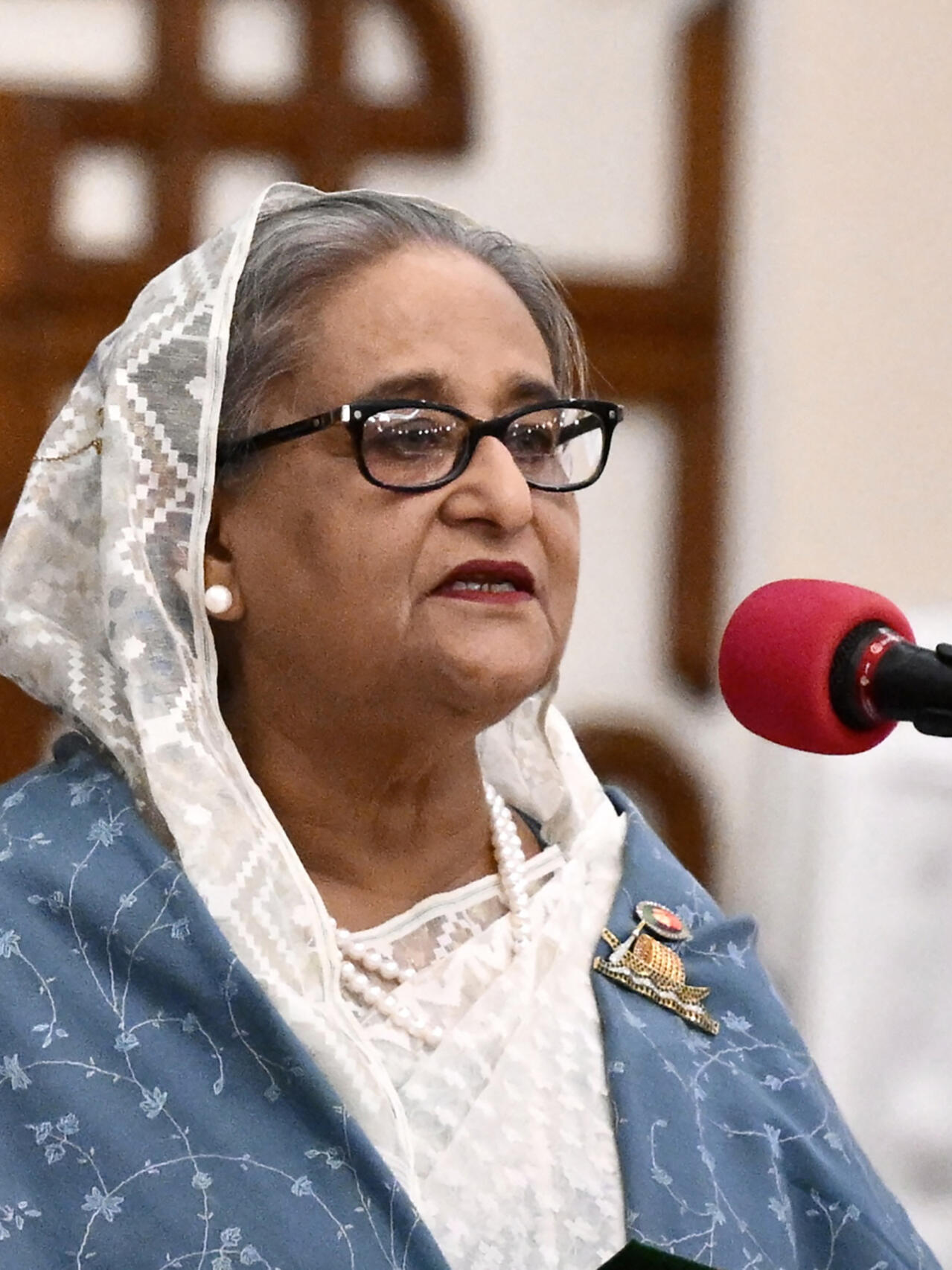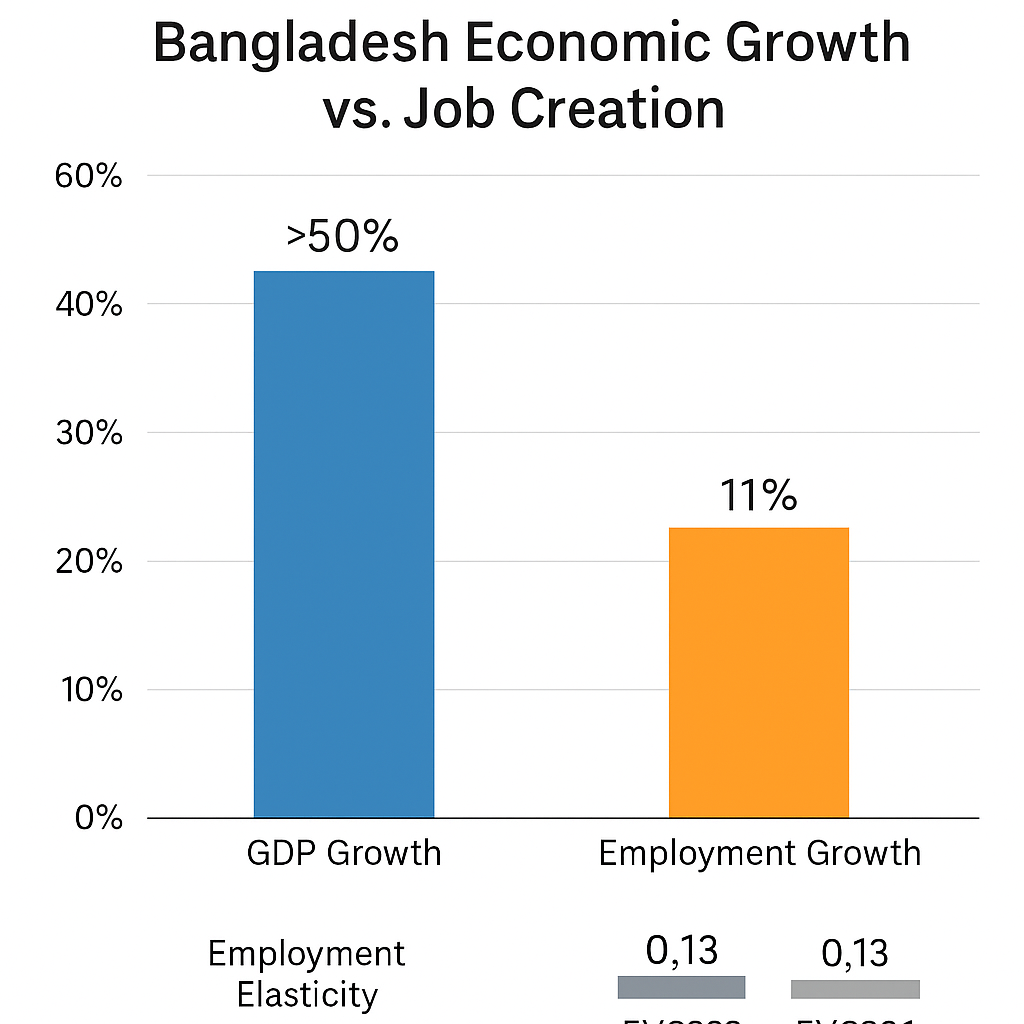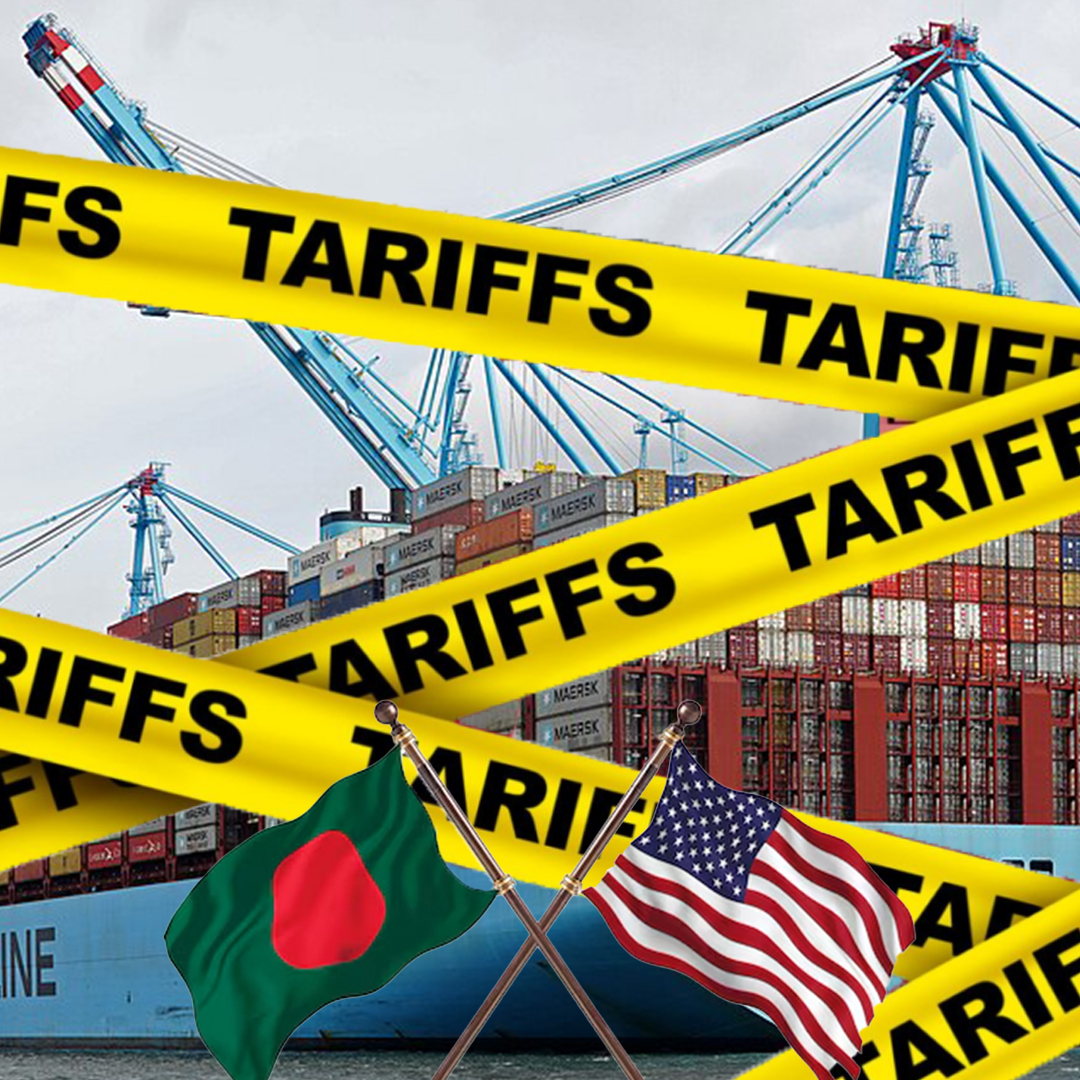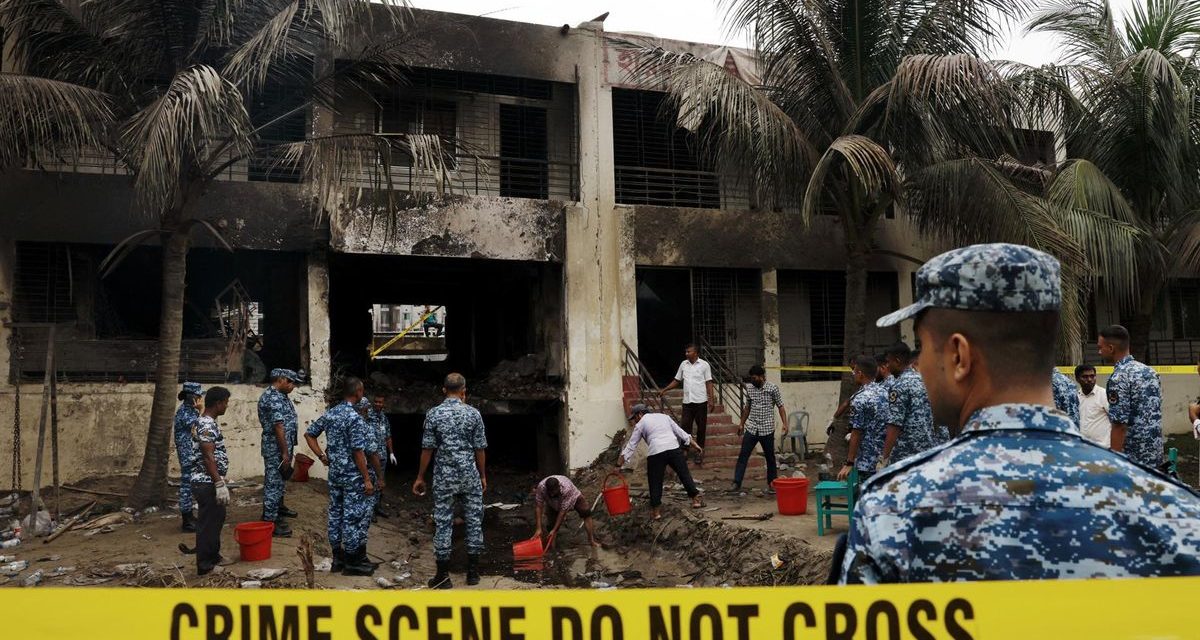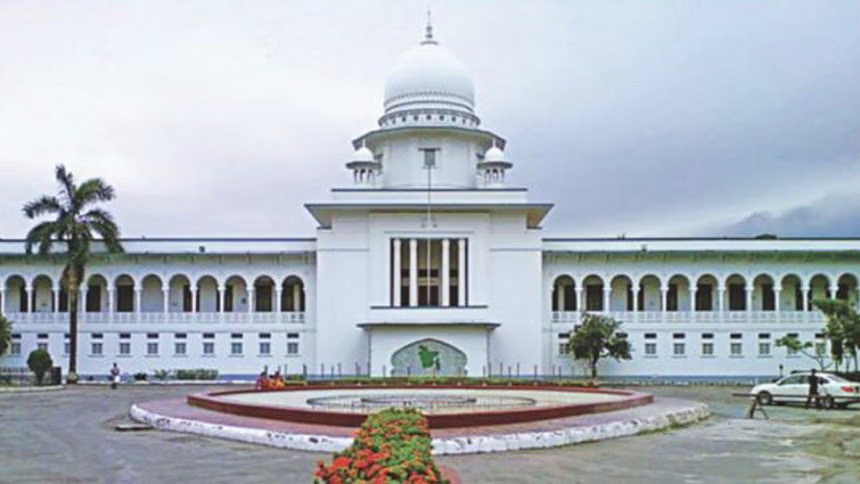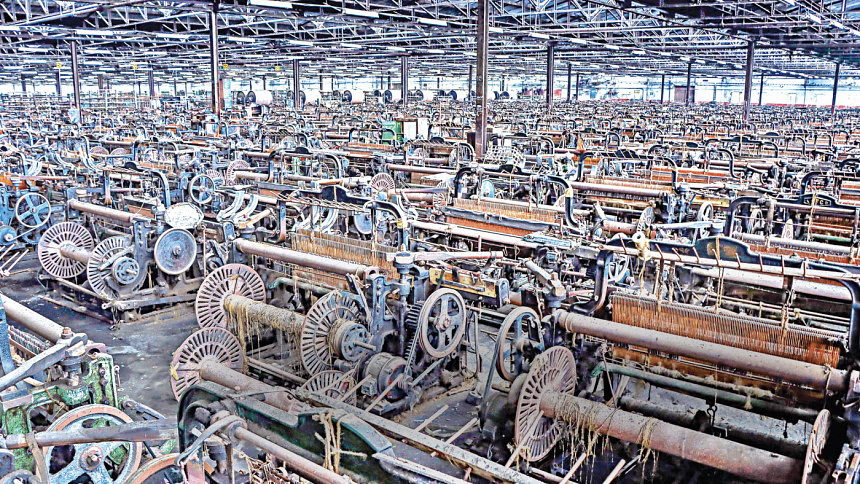
Lives on Hold: Thousands Await Reopening of Bangladesh’s Closed Jute Mills
By Banglaspot
More than four years have passed since the sudden closure of 25 state-owned jute mills in Bangladesh, and still, thousands of workers remain in limbo. Promises made by the government to reopen the mills have largely gone unfulfilled. While a few units have restarted under public-private partnerships, the majority remain closed—leaving behind a trail of broken families, lost livelihoods, and mounting frustration.
Once a pillar of the national economy, Bangladesh’s jute sector now stands at a crossroads, struggling to reclaim its former glory while its workers continue to pay the highest price.
Government Shutdown of Jute Mills in 2020
In July 2020, the Bangladesh government officially shut down all jute mills under the Bangladesh Jute Mills Corporation (BJMC), citing persistent financial losses and inefficiencies. This decision affected over 50,000 workers—many of whom had been employed for decades in jute-producing hubs like Khulna, Jashore, and Narsingdi.
BJMC had been suffering from low productivity, outdated machinery, and mismanagement. But instead of revitalizing operations, authorities decided on a sweeping shutdown with promises to rehire workers under new private leaseholders. Unfortunately, for thousands, those promises remain unkept.
Human Cost: Families Plunged into Poverty
The closures hit working-class families the hardest. Nasima Akter, a former permanent worker at Crescent Jute Mills, now struggles to survive. “We used to live with dignity,” she said. “But after the closure, we have no stable income.” She, like many others, has turned to selling snacks on the roadside—an unreliable source of income that barely covers daily expenses.
Communities that thrived around the mills have collapsed. Small businesses that relied on mill workers’ income—tea stalls, tailoring shops, grocery stores—have shut down. Children have been pulled out of school, healthcare access has diminished, and food insecurity has deepened.
The shutdown has created a ripple effect of poverty, especially in mill towns like Khalishpur and Daulatpur, where entire neighborhoods were built around jute factory employment.
Reopening Delayed: A Handful of Mills Resume Operations
The government had initially promised to reopen the mills within three months under public-private partnerships (PPP). However, implementation has been slow and limited. Out of the 25 mills closed, only 13 have been leased to private investors, and just four have resumed operations in the Khulna–Jashore region.
Before their closure, these nine mills collectively employed more than 34,000 people. Today, fewer than 3,100 people are employed—mostly under short-term or contract-based roles, offering none of the security or benefits previously available.
This has caused deep frustration among former employees, many of whom were not given priority in the new hiring process. “We gave our youth to these mills,” says Rezaul Karim, a former technician at Platinum Jubilee Jute Mills. “Now they treat us like we never existed.”
BJMC Still Incurring Losses
Ironically, BJMC continues to incur financial losses despite the shutdown. According to recent data, the corporation lost over Tk 1,300 crore in the four years since the closures, with an additional Tk 210 crore in projected losses for the current fiscal year.
Many of the mills remain idle and unmaintained, leading to asset deterioration and escalating repair costs. The government continues to spend on salaries for some administrative staff, while the physical infrastructure crumbles.
Experts argue that these hidden costs may eventually surpass what was being lost when the mills were operational.
Private Sector: A Ray of Hope?
Amid the gloom, there are some signs of potential revival. In May 2023, Jessore Jute Industries was leased to the Akij Group, one of the country’s largest conglomerates. Since taking over, the company has hired more than 2,000 workers and is producing over 70 tonnes of jute products daily. While promising, these numbers are still a fraction of the sector’s former capacity.
Fortune Group, another private entity, has leased Daulatpur Jute Mills, which now includes both a jute production unit and a shoe factory. However, the jute section employs only 148 people and continues to operate at a loss.
These examples show that while private investment can inject efficiency and scale, the transition needs proper oversight, transparency, and a worker-first approach.
Workers Demand Fair Treatment and Reemployment
Thousands of former workers continue to demand reemployment in the newly leased mills. They argue that after decades of loyal service, they deserve priority consideration. Many have protested outside BJMC offices and mill gates, calling for dignified working conditions, permanent contracts, and government intervention.
“We’re not asking for charity,” says Shahidul Islam, a former machine operator. “We just want to work. Let us rebuild our lives.”
The Jute Sector’s Uncertain Future
Bangladesh was once the world’s leading exporter of raw jute and jute goods, earning the nickname “golden fiber” for its economic value. Today, that legacy is under threat. Despite global demand for biodegradable materials, the country is failing to harness its potential due to mismanagement, corruption, and a lack of vision.
Industry analysts argue that with proper planning and public-private cooperation, the jute sector could again thrive—creating jobs, boosting exports, and reducing plastic pollution globally.
Conclusion
As thousands of families continue to wait, their hopes tied to rusting machinery and idle factory gates, one thing is clear: time is running out. The government must act decisively to revive the sector, restore livelihoods, and keep its promise to the workers who helped build one of Bangladesh’s oldest industries.
Until then, their lives remain on hold—trapped between a proud past and an uncertain future.
source : thedailystar


